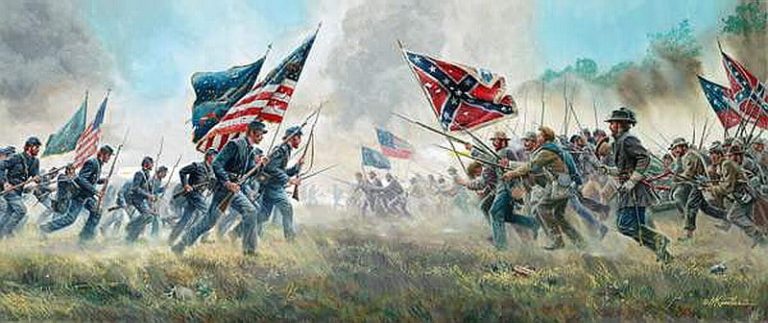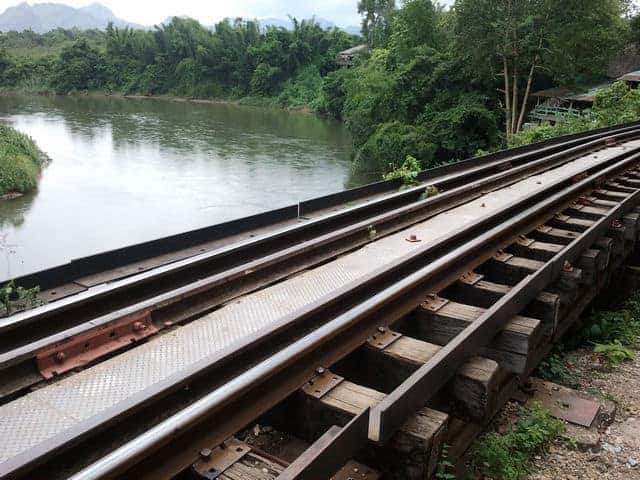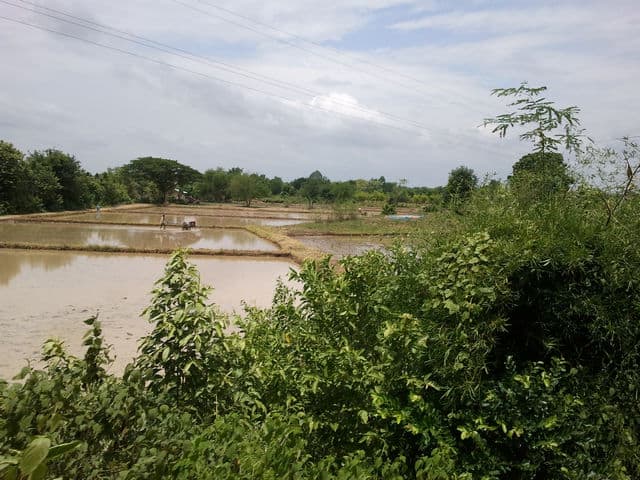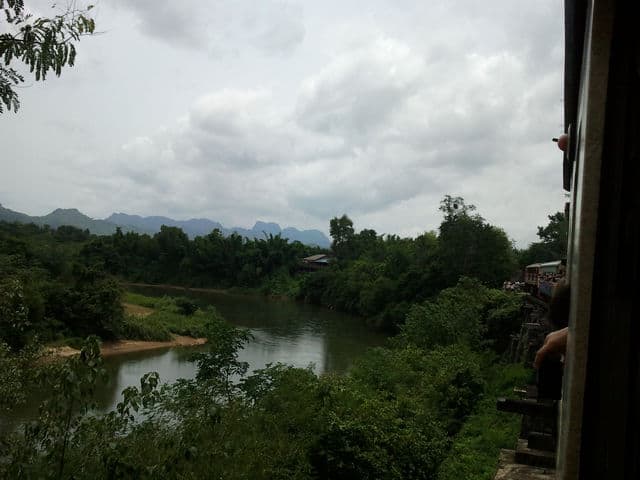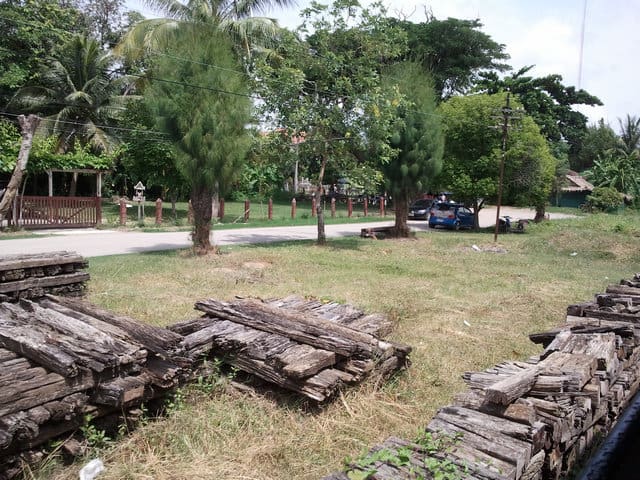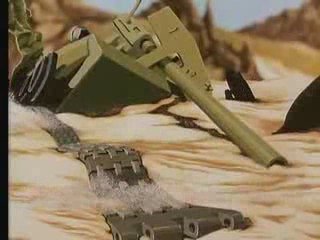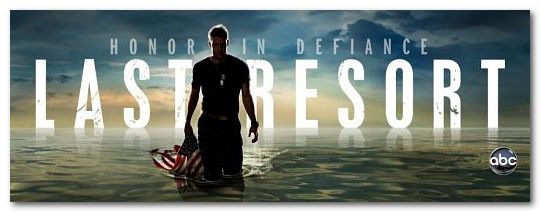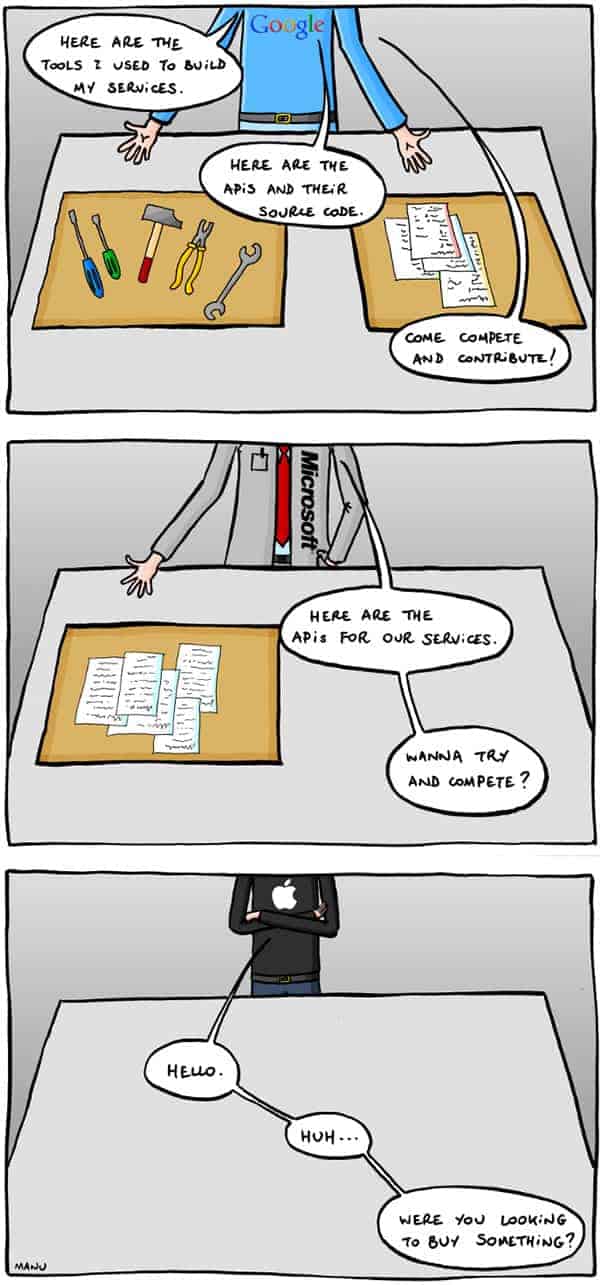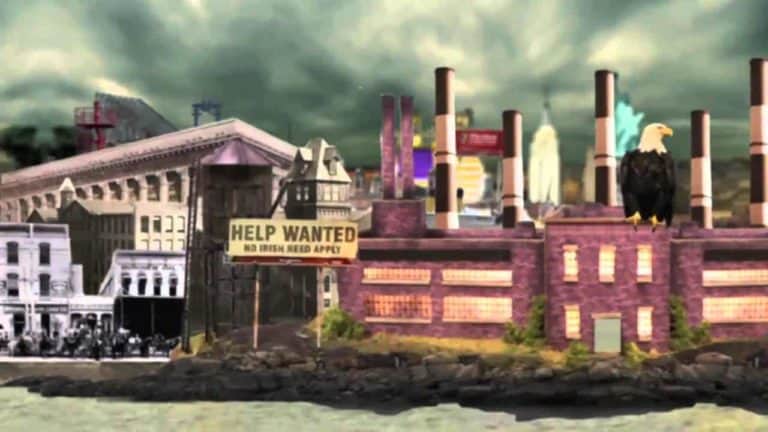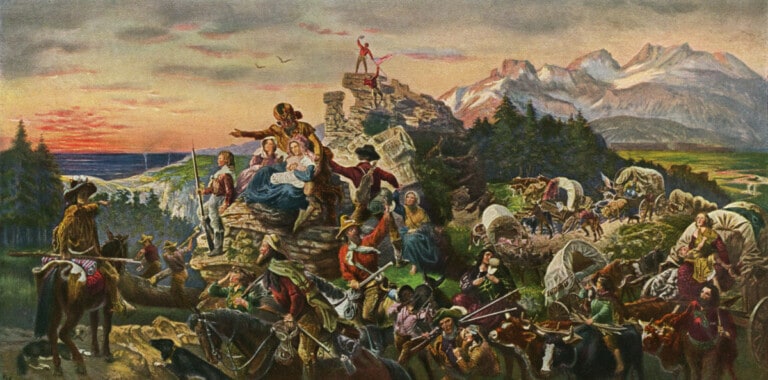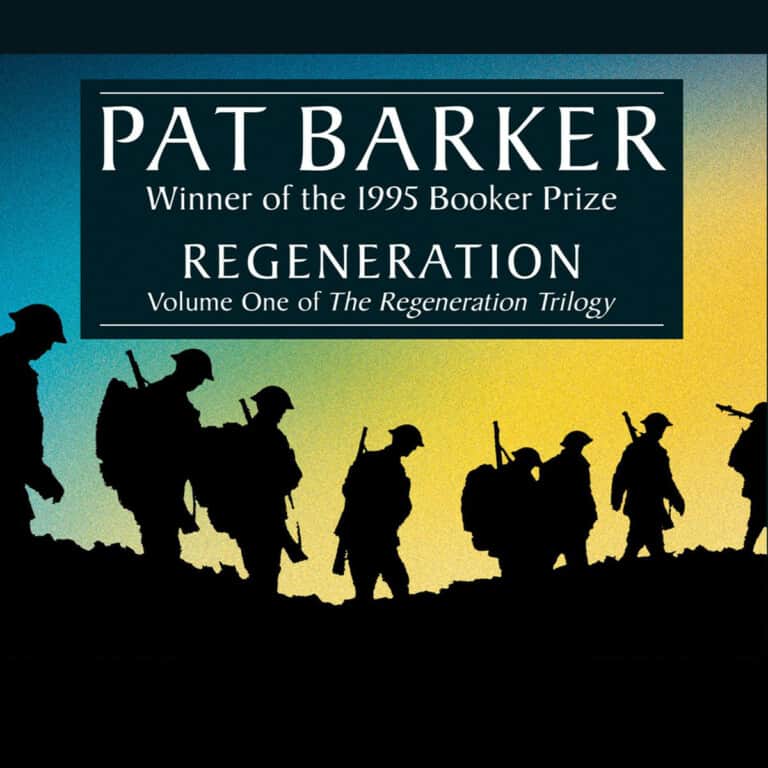The American Civil War started with the secession crisis on April 12 1861 and ended with the assassination of Lincoln and the abolition of slavery on May 9, 1865. It transformed the political, economic and social life of the nation.
It first began with a constitutional struggle and then became a test of federal authority but soon took a broader dimension. The initial belief it would be short proved tragically to be mistaken.
The seceding states fought to achieve independence and yet, they closely modeled the government of their Confederacy on the American one. Lincoln’s administration responded with a crusade to preserve the union and expanded its war aims to include the destruction of slavery and the liberation of all black slaves.
In the end, the Union had been preserved and questions left unresolved were answered at a very high cost in human terms: 600 000 lives, which is still the largest fatality in any American war (it was worse than Vietnam).
The Civil War: the story of a secession
The secession started in South Carolina, which withdrew from the Union. It was a direct response to Lincoln’s election. That decision was taken in December 1860. In less than 6 weeks, the other 6 states of the “Lower South” had also seceded: Mississippi, Florida, Alabama, Georgia, Louisiana and Texas.
